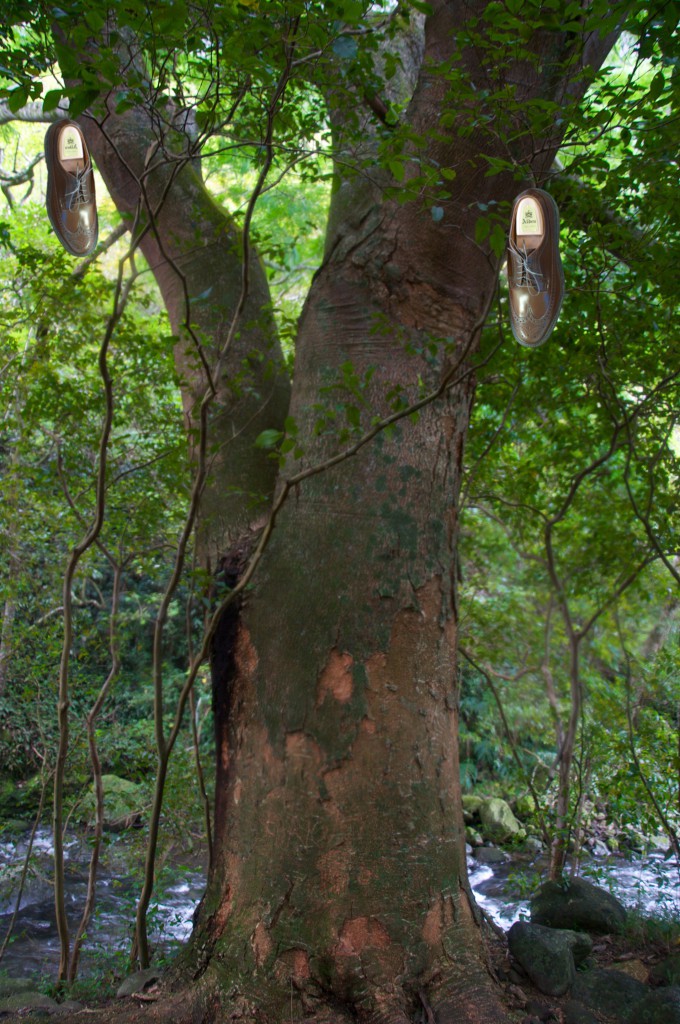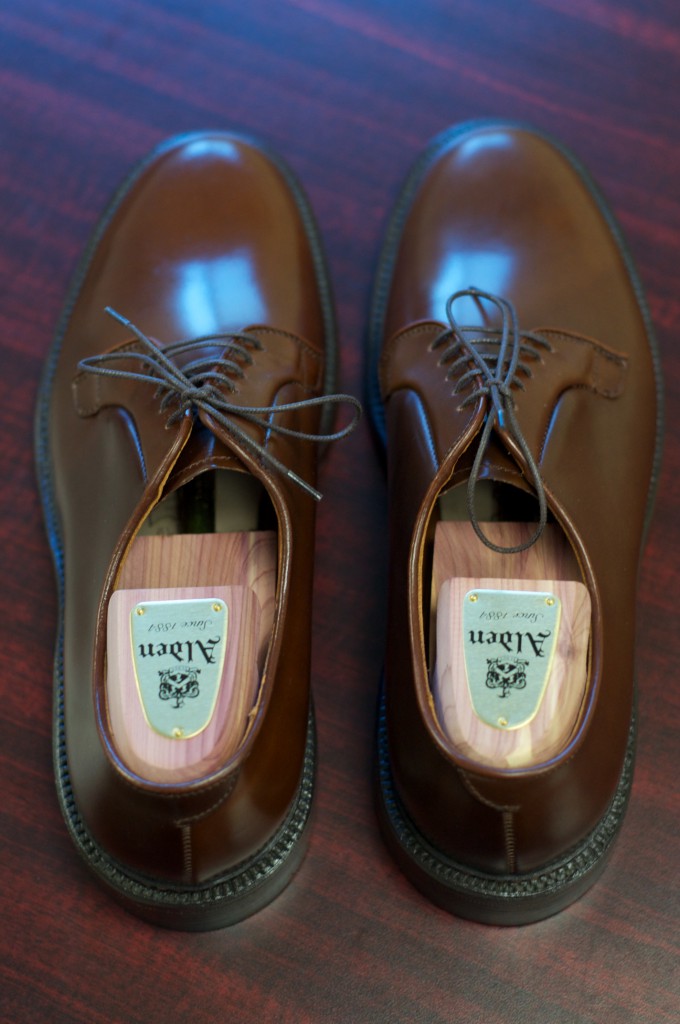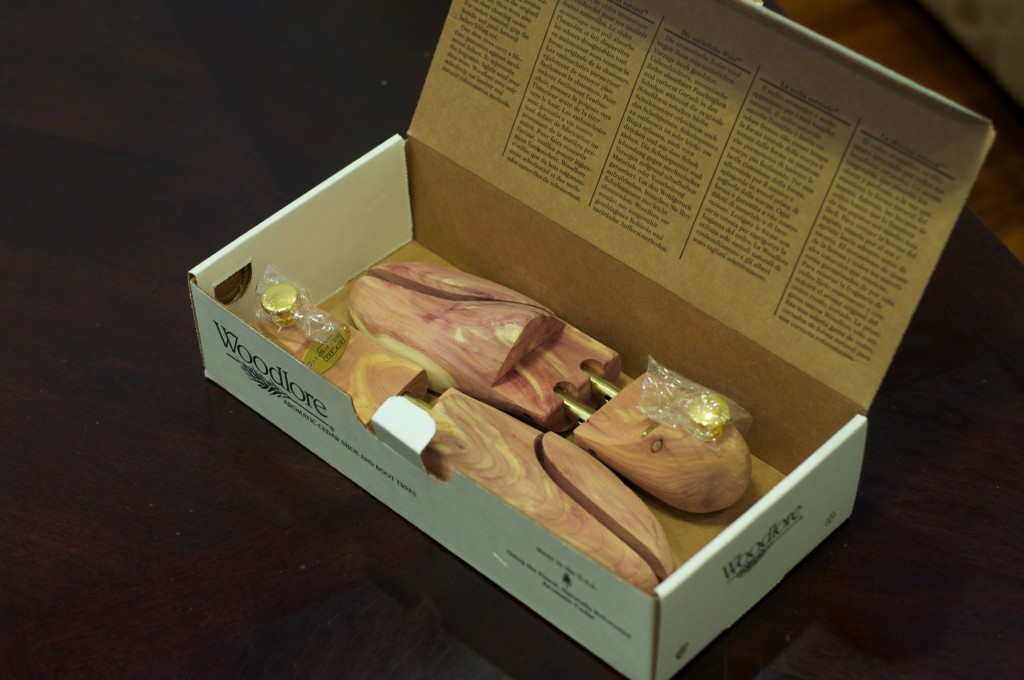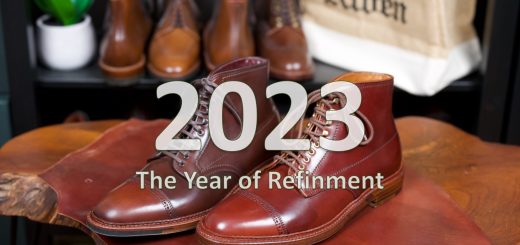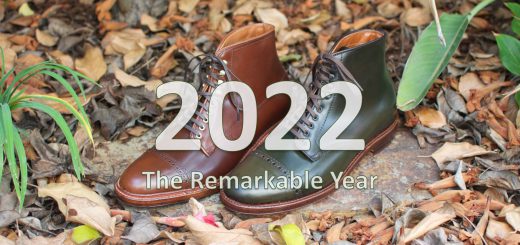
Shoe Tree’d
Today I wanted to write on shoe trees. I am talking about the wood inserts that are placed into shoes in between wearings, not a tree that shoes grow on.
If you do nothing else to care for your shoes, the bare minimum care that anyone can do for their higher end boots and shoes is to put in shoe trees in between wearings.
Shoe trees serve two basic essential functions. The first is they help to maintain the shape of the shoes. They do this by providing some rigidity behind the shoe and mimicking the Last around which the shoe was made around. The second and probably biggest feature, which isn’t quite as obvious, is that they absorb the moisture out of the shoes. During the course of a day, feet naturally sweat, this sweat is absorbed into the lining of the shoe. If this sweat isn’t pulled out of the shoe, it can weaken the structural integrity of the shoe and reduce the lifespan of the shoe.
In general, I allow my shoes to rest for about 15 minutes before inserting them into the shoe. First of all, this is recommended by the Alden factory. Secondly, allowing the shoes to set for a few minutes allow the surface moisture to evaporate out. This surface moisture accounts for a majority of the moisture in the shoes, thus allowing the shoe trees to focus and absorb the deeper moisture in the shoes.
If you wear your Alden’s in the rain and they get well saturated in moisture, then it is recommended that you allow the shoes to rest for a day before inserting trees into them. If possible, then you should insert crumpled up newspapers into the shoes to try and help out the process of drying the moisture.
So, I hope that we have established that shoe trees are an essential portion of your shoe care regiment. So what shoe trees should you get? In the absolute best case scenario, when you purchase your shoes, they come with trees. A limited few vendors include trees with the shoes, as seen above, CitiShoes includes their own self-branded trees with their shoes and Frans Boone provides Alden branded trees with their shoes. Honestly, the trees all have their pros and cons. Probably the most important feature is that the trees are made out of cedar wood and that they fit snugly into your shoes, so that they can maintain the shape and absorb the moisture.
Alden does not make lasted shoe trees, but they have trees made for them by the Rochester Shoe Tree Corporation. Their trees are split toed, meaning the toe portion is made out of two pieces of cedar and it is spring loaded to fill the toe box. Frankly, I really like having the Alden logo on my shoe trees and I know that the trees are a reasonable shape for Alden’s Lasts. So a majority of my trees are the Alden branded shoe trees. A few other great options are the Brooks Brother trees, the Woodlore trees, and the Jos A Bank trees (which are frequently available at a super discount).

